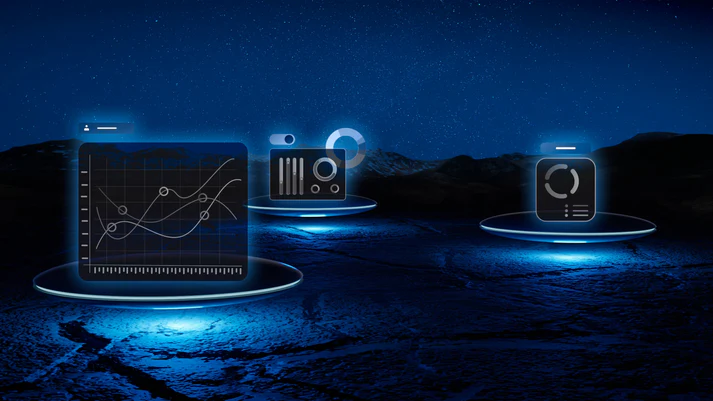With rapid technology advancements and an increasing number of cloud-based systems, the amount of data generated is more significant than ever. Reports predict that global data storage will exceed 200 zettabytes by 2025.
Why do we need to store such huge amounts of data?
To make life simpler! In the world of connected devices, where passwords rule everything from grocery shopping to business transactions, storing log data is necessary. Whether IoT and mobile devices, applications, cloud infrastructures, servers, and microservices that have helped us improve customer experience and eased operations in the cloud, behind the screen, ‘stored data’ is what does the magic.
Providing customized user experience, detecting threats proactively, making informed business decisions, or gaining a competitive advantage have resulted in an explosive growth of machine-generated data, including logs and metrics like user transactions, sensor activity, customer and machine behaviour, etc.
Where are we going?
By 2030, 7.5 billion people will be accessing and storing data on their digital devices and in the cloud
338 billion lines of new software code will be generated in 2025
The IoT market will reach 75 billion IoT devices by 2025
What does this mean?
The data contains IT, security, and business operational intelligence and is of immense value. Log analytics can help you gain weight from this data by searching, analyzing, and visualizing machine data generated by your IT systems and technology infrastructure to gain operational insights. They can help you detect abnormal activity proactively, in real-time, and reactively during an incident-response event.
But vast amounts of network log data also mean security loopholes. In a world where thousands of layers get added to your IT infrastructure daily, knowing what is happening in your infrastructure is challenging.
Can centralized logging address this concern?
Centralized logs place all your log records in a single location and address this concern by simplifying log analysis and correlation tasks. It also provides secure storage, protecting your data if a machine in your network is compromised. Enabling centralized logging is a simple 2-step activity:
Establishing a log repository – Enabling security incident management
Centralized logging improves the capability to mine, analyze, and control your data effectively and offers multiple benefits:
- Save disk space by minimizing disk I/O and keeping application disk partitions static on application servers.
- Reduced cost and improved scalability by keeping storage requirements static.
- Improved searchability by providing a central repository of all logs.
- Improved security by ensuring centralized controls.
- Faster time to action by providing a single source of truth for analysis.
- Improved log data availability by immediately broadcasting all the data to a central server, thereby ensuring data loss in case an application/system crashes or is compromised.
- Application-level monitoring by setting up alerts based on log patterns, thereby reducing the time to find issues and address them.
Centralized logging is an effective and faster way to identify and rectify issues, provide critical information when needed it most, and is an essential security component.
At Rapyder, we help you build and manage a centralized logging system on the cloud to ensure you get the maximum benefits from your data. To know more about how we can help you monitor and secure your applications in the cloud, contact us.




